When Polestar invited me to a behind-the-scenes preview of its first Scottish outlet there was only one way to get there – in a Polestar.
I jumped into the newly updated version of the all-electric Polestar 2 and headed to Glasgow. The plan was a look at the new ‘Space’ (Polestar insists it’s not a dealership) followed by a tour of Bridge of Weir Leather, which supplies upholstery for the cars.
The Swedish company’s first Scottish showroom is in Silverburn Shopping Centre. Its aesthetic is much more Apple Store than Peter Vardy.
There’s lots of white space, fancy artwork on the walls, stylish seating…and even the occasional car.
Indeed, Polestar’s apes Apple’s strategy by naming cars in the order in which they were released, rather than by their size or cost. For example the upcoming Polestar 3 is bigger and more expensive than the Polestar 4 that will follow it.
The friendly staff at the Space are not on commission so there’s no hard sell and it’s a pleasant place, as automotive outlets go.
Polestar 3
Front and centre in the new Space is the upcoming Polestar 3. Set to launch later this year with a price tag starting just below £80,000, it will take on other luxury electric SUVs such as the BMW iX, Mercedes EQE and Audi Q8 e-tron.
In the flesh it’s a beautiful car, with flowing lines and an elegant shape. It’s much more attractive than the BMW iX, which is a superb car to drive but spoiled by its plug-ugly exterior.
Setting off from Glasgow it was time to head farther west. While Polestar is as Swedish as ABBA, it also has a strong Scottish connection. Their comfortable seats are covered in cowhide made at Bridge of Weir Leather.
Founded in 1905, the company supplied leather for the Ford Model T, and has upholstered some of the car industry’s most famous marques, from Aston Martin to Rolls Royce, McLaren, Range Rover and Bentley.
Still family owned, it’s run by the eighth generation of the Muirhead family that founded it.
Low carbon leather
I’m given a tour of the Renfrewshire factory and shown how the leather is sourced, treated and processed. Waste product powers a thermal energy plant that generates heat for the production process. Indeed, the company claims to produce the most low-carbon leather in the world.
In recent years so-called ‘vegan leather’ has become popular in cars. It’s usually made from plastic, however, and it doesn’t feel as good as real leather. All of Bridge of Weir’s leather comes from cows slaughtered as part of the beef industry, and the firm is committed to high standards of animal welfare.
We walk past banks of machines that test the leather, twisting and pressing it hundreds of thousands of times to make sure it will stand up to a lifetime of use.
As for the updated Polestar 2, our day of driving provided plenty of opportunity to put it to the test. The 2024 model year has been refreshed, with the biggest news being the two-wheel drive model has switched from front to rear-wheel drive.
Bigger battery and better range
There’s a slightly bigger battery and range has improved by up to 60 miles. The longest range version can now cover almost 400 miles – although you’re only likely to see that kind of mileage on a warm summer’s day.
There are power upgrades too. The rear-wheel drive model has had its power increased from 228bhp to 295bhp, cutting the 0-62mph time from 7.4 to 6.2 seconds.
The dual motor version has 415bhp and a 0-62mph time of 4.5 seconds. A Performance Pack option boosts that to 469bhp – 0-62mph in 4.2 seconds – and can be obtained via an over-the-air software update.
Entry level models start at around £44,000 and have a 69kWh battery, giving an official 321-mile range. The long-range single motor model upgrades that to an 82kWh battery with a 395-mile range and a £49,000 price tag.
Dual motor versions have a 369-mile range and a start at £53,000, with top spec Performance Pack models costing well over £60,000.
Driving dynamics
If you’re making the switch from petrol or diesel to electric the Polestar 2 is a great place to start. All the controls feel familiar and it’s very easy to drive.
Ride and handling strike a good balance between comfort and responsiveness at higher speeds. Indeed, it handles much better than you might expect. Last winter I was fortunate enough to go to the Arctic Circle and do some ice driving in a Polestar 2.
The cabin is well laid out, with a large central touchscreen operating most controls.
Instead of designing their own operating system, Polestar has sensibly bought Google’s, and the voice-activated controls are among the easiest to use of any car I’ve driven.
The Polestar 2’s main rivals are the Tesla Model 3, BMW i4 and Hyundai Ioniq 6. Where the Polestar steals a march is having a hatchback instead of a saloon boot opening. This makes the Polestar 2 a much more practical proposition for families and dog owners.
My pick would be the long range two-wheel drive version. It has plenty of speed, the best range, and costs less than dual-motor models.
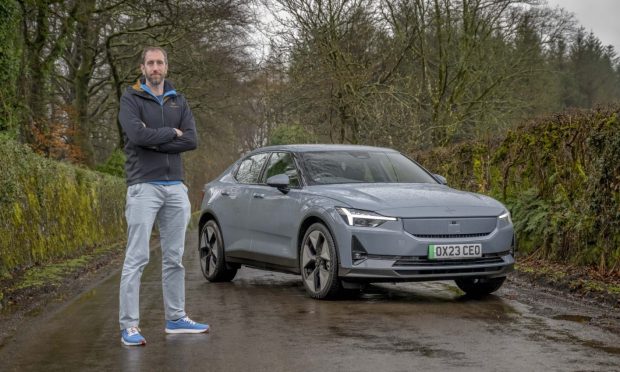
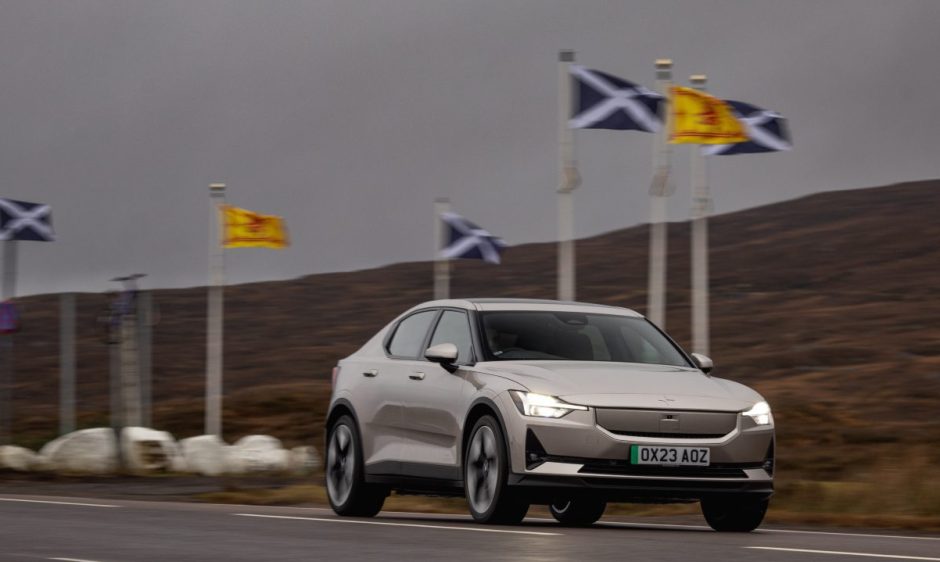

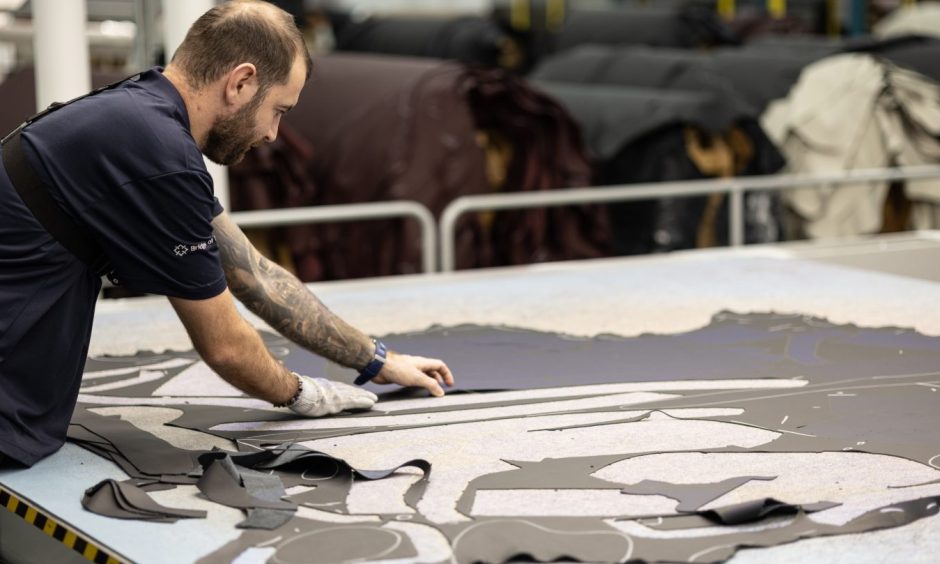
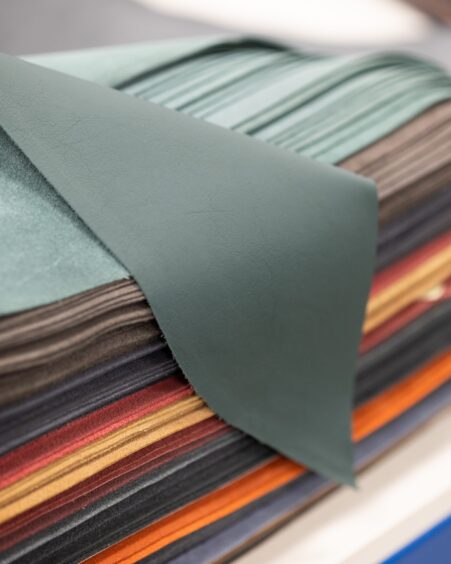

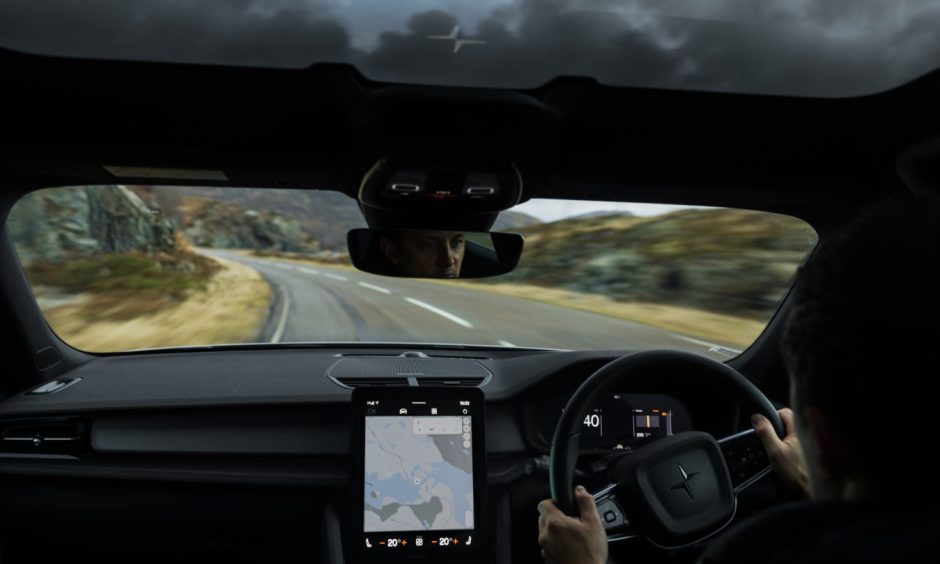

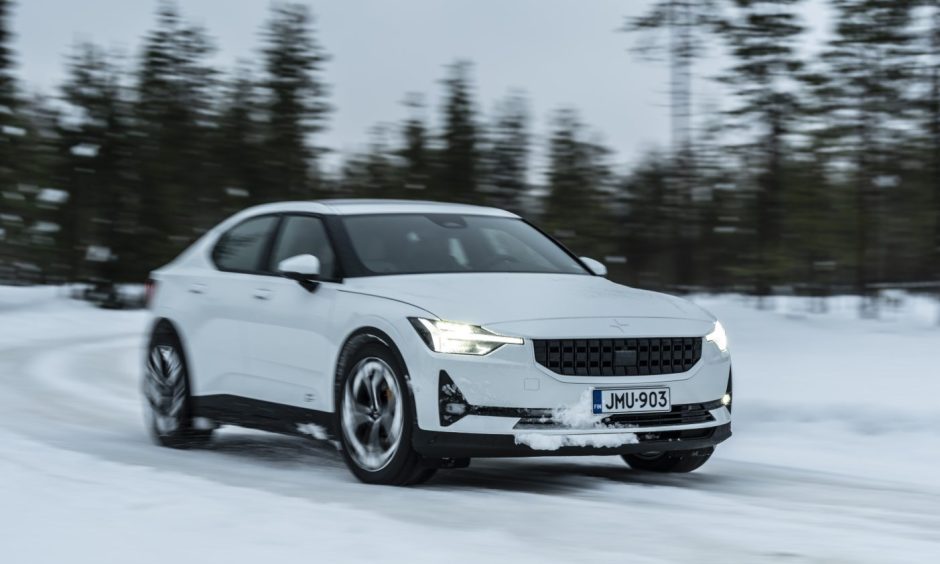
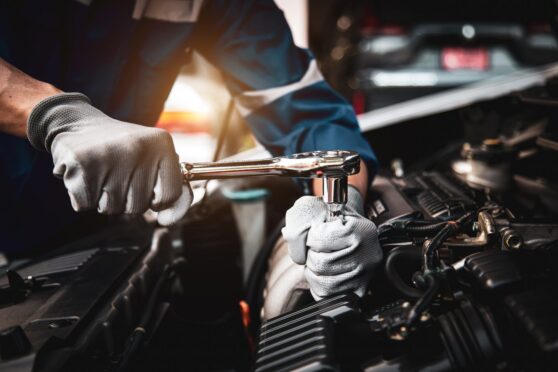
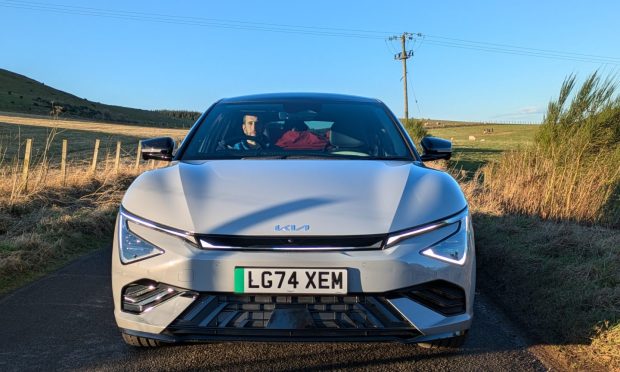
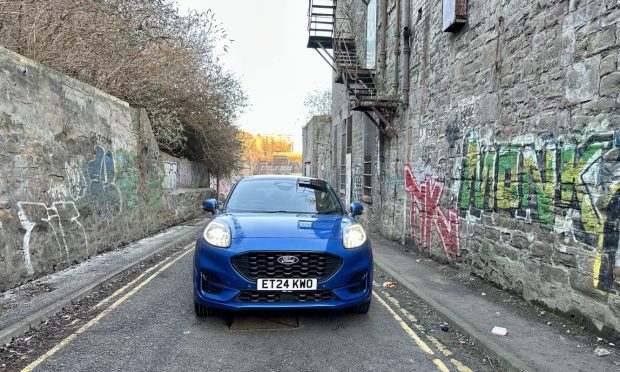
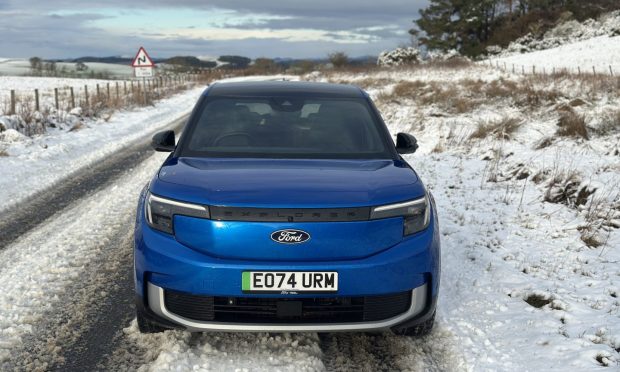

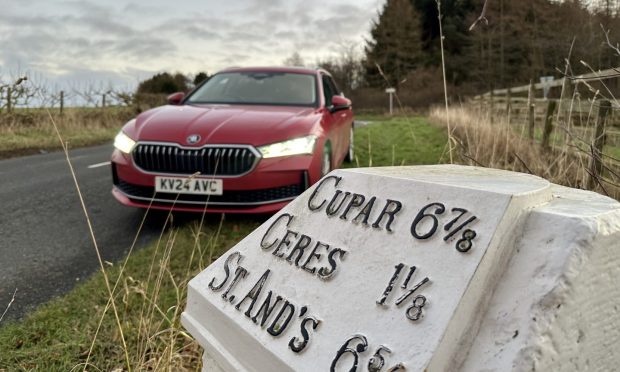
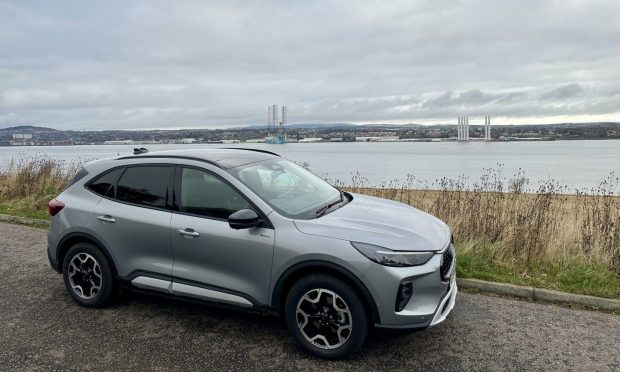
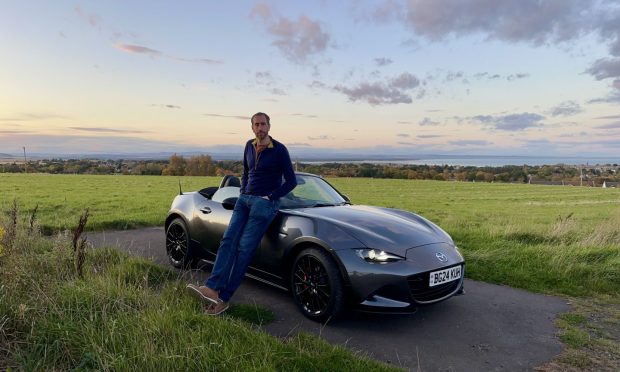
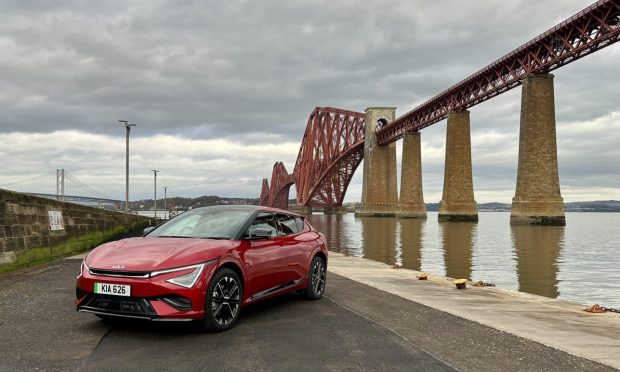
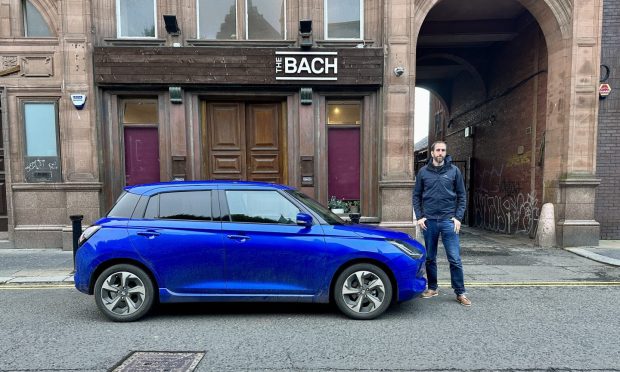
Conversation